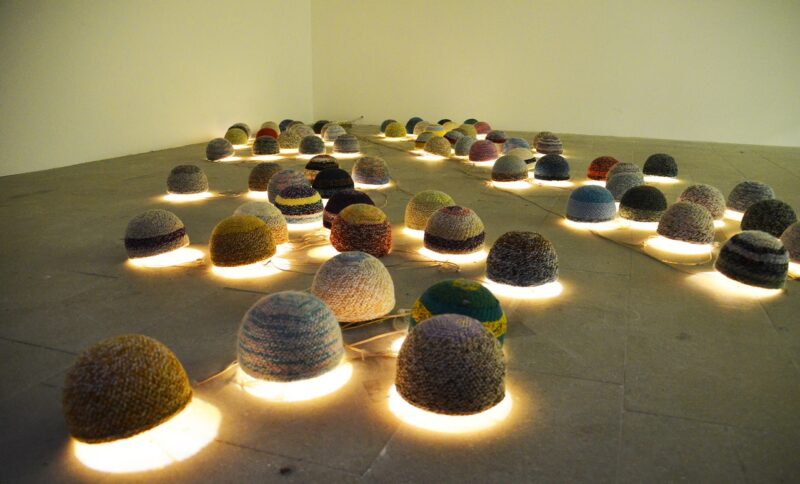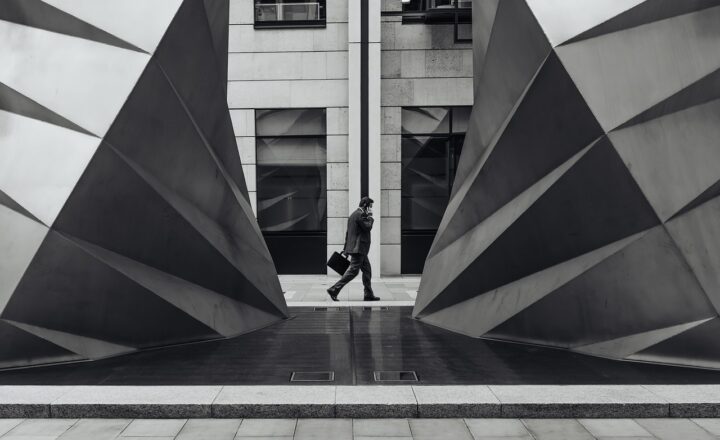
Light is an essential element in modern art installations and exhibitions. It shapes our perception, draws attention to certain artworks, and can even evoke emotions in viewers. From subtle illuminations to bold light displays, artists and curators use light in innovative ways to enhance the viewer’s experience and engage their senses.
1. The Significance of Light in Art
Throughout history, artists have understood the importance of light. It has been used to create depth, cast shadows, and highlight forms. In modern art, light serves various purposes, often going beyond the mere representation of an object. When incorporated into installations, light can become a medium in its own right, contributing significantly to the overall message of the artwork.
One of the key reasons light holds such significance in art is its ability to influence perception. Different lighting conditions can drastically alter how artworks are viewed. Artists leverage this to guide viewers’ attention and feelings, creating immersive experiences that provoke thought or inspire awe.
2. The Evolution of Light in Art Installations
The use of light in art installations has evolved considerably over the years. Early examples can be traced back to the 20th century when artists such as Dan Flavin began to use fluorescent lights as fundamental components of their works. Flavin’s installations emphasized the artificial nature of light while also transforming the space in which they were placed.
In recent years, technological advancements have led to the use of LEDs, lasers, and projection mapping in modern art installations. Artists such as Olafur Eliasson and James Turrell have pushed the boundaries of how light can interface with space, inviting viewers into dynamic environments that alter their perceptions. For instance, Eliasson’s work often incorporates natural light and seeks to engage viewers with their surroundings, while Turrell creates immersive environments that manipulate light and space to explore human perception.
3. Light as a Medium in Art
In modern art, light is not just a tool but also a medium that artists manipulate to convey concepts and narratives. Artists like Jenny Holzer use LED displays to communicate powerful messages through text, intertwining social commentary with technology. Michael Heizer’s earthworks incorporate sunlight as a significant element, often creating interplay between the natural world and human-made structures.
These intersections of light and space create experiences that can evoke emotions ranging from wonder to contemplation. Artists demonstrate how light can define and transform an environment to explore psychological and philosophical themes. This highlights how modern art installations can serve as spaces for reflection, dialogue, and interaction.
4. The Emotional Impact of Light in Art Installations
The emotional impact of light in art installations cannot be understated. When viewers enter an ambient light space, they undergo a sensory experience that can affect their mood and perception. For example, warm, soft lighting can create a sense of intimacy and comfort, while harsh, cold lighting may evoke discomfort or tension.
In contemporary exhibitions, curators play a crucial role in how light is employed to affect the atmosphere of an installation. For instance, exhibitions that explore themes of nature may use natural light streaming through windows to forge a connection with the outside world. Conversely, installations centered around technology may showcase dramatic lighting contrasts to highlight the tension between human interaction and digital culture.
5. Case Studies: Iconic Light Installations
To illustrate the profound role of light in modern art installations, let’s explore some iconic examples:
– Olafur Eliasson’s “The weather project”: Installed in London’s Tate Modern, this iconic piece featured a massive illuminated sun suspended in the museum’s Turbine Hall, surrounded by mist. The installation urged visitors to contemplate their surroundings and engaged them in conversations about climate and perception.
– James Turrell’s “Skyspace”: Turrell’s installations utilize natural and artificial light to manipulate viewer perception. His work encourages audiences to reflect on the nature of light and space, inviting them to behold the shifting colors of the sky at different times of the day.
– Dan Flavin’s Neons and Incandescent Light Installations: Flavin’s iconic use of colored fluorescent tubes to create light sculptures challenges traditional notions of light and space, presenting an innovative take on minimalism and environmental tensions.
Each of these artists showcases how the function of light not only enhances the aesthetic quality of installations but also engages viewers in deep, meaningful dialogues about contemporary life and the role of perception.
6. Curatorial Practices: The Role of Light in Exhibitions
Curators play an essential role in shaping how light interacts with art pieces in exhibitions. The strategic use of light in gallery spaces can highlight particular artworks or create thematic coherence among diverse pieces. By controlling light intensity, color, and direction, curators help to craft an experience that enhances engagement and understanding.
In some exhibitions, curatorial teams design specific lighting scenarios to complement the themes explored in the artwork. In exhibitions addressing issues such as fragility or tension, dim lighting might amplify the ambiance, while bright lighting could evoke transparency and honesty. The careful orchestration of light ultimately shapes the narrative thread connecting various works within the exhibition.
Conclusion: The Future of Light in Art Installations
As technology continues to evolve, the use of light in modern art installations and exhibitions is bound to expand even further. The integration of interactive elements, augmented and virtual reality, and advancements in smart lighting systems will open new avenues for artists to explore the interplay of light and space.
The role of light in contemporary art is not just about illumination; it is a complex language that conveys meaning, emotion, and experience. As artists and curators experiment with light as both a medium and a tool, the conversations surrounding modern art will continue to grow richer, captivating audiences and fostering deeper connections with the artworks of today and tomorrow.
Light holds an essential place in shaping both the artistic landscape and the ways viewers experience art. It is, indeed, a powerful partner in the dialogue between artist and audience, illuminating paths to understanding and appreciation in an ever-evolving world of creativity.







